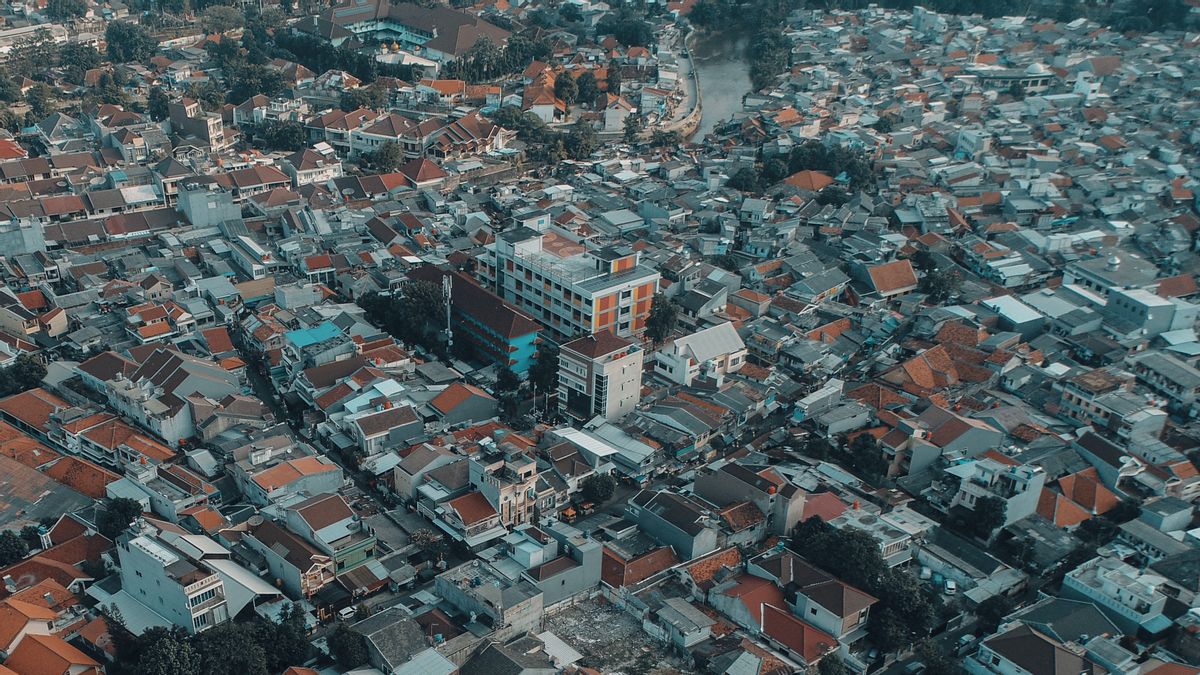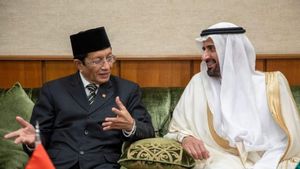JAKARTA - The Institute for Development of Economics and Finance (Indef) considers that Indonesia's inconsistent economic structure is one of the factors that makes it difficult for Indonesia to increase income and has trapped Indonesia as a middle-income country.
Researcher Center of Industry, Trade, and Investment Indef Ahmad Heri Firdaus said that the threat of the middle class economic trap was getting closer. Therefore, he said, the government needs to try to stay away from this middle class trap.
The World Bank or the World Bank has just set a new class or a new specific to determine the economic status of a country. Most recently, the upper middle income level ranged from 4,096 to 12,695 dollars per capita.
"So, if it doesn't go down to 3,879, it means that we remain 4,050 like last year, we can also go down to lower middle income because the World Bank has increased its range from 4,046 to 4,096 dollars per capita," he said in a virtual discussion, Tuesday, July 13.
Furthermore, Heri explained that the reason why Indonesia seemed to have been in the middle income zone for a long time was due to the inconsistent transformation of Indonesia's economic structure.
"Here there is an inconsistency in the transformation of the economic structure. It is not consistent in its structure. If we look here, this is the data for 2020, we know that the industrial sector is still the support even though the downward trend is around 19.7 percent of GDP. the industrial sector is much lower by 14.09 percent," he said.
As the main support for the economy, said Heri, the industrial sector does not have enough human resources. If we look more deeply, according to him, Indonesian workers still rely on the agricultural sector.
Furthermore, said Heri, almost 30 percent of the workforce is in the agricultural sector. If you look at the contribution to GDP, it is only around 12.7 percent or 13 percent. This means that the relatively few economic cakes are contested by many people. So, each only gets a little.
"So that is one of the factors that makes it difficult for us to increase per capita income. Because there are still many who are not absorbed in the secondary and tertiary sectors. Now that requires readiness of human resources, because we have stagnation in skill improvement, we cannot adjust the phenomenon of economic transformation so that what happens is like this," he said.
Meanwhile, said Heri, if you look at the service sectors, the growth is quite high, ranging from 8 to 10 percent. However, this sector absorbs relatively fewer workers.
For example, in the information and telecommunications sector, the workforce is small but the cake is large. Thus, each piece of the economic pie can be large.
"Well, it is here that the phenomenon of inequality can be read from here. So there are many people fighting over the small economic cake, there is the big cake but few people fighting for it. This is one of the factors why we are still stuck in the middle class," he explained.
Not only that, said Heri, the reason for the difficulty of increasing income can also be seen from the shift in the economic structure in the last two decades.
"Where the tertiary sector is increasingly dominant in the economy, but has not been supported by proper human resources," he said.
The English, Chinese, Japanese, Arabic, and French versions are automatically generated by the AI. So there may still be inaccuracies in translating, please always see Indonesian as our main language. (system supported by DigitalSiber.id)













